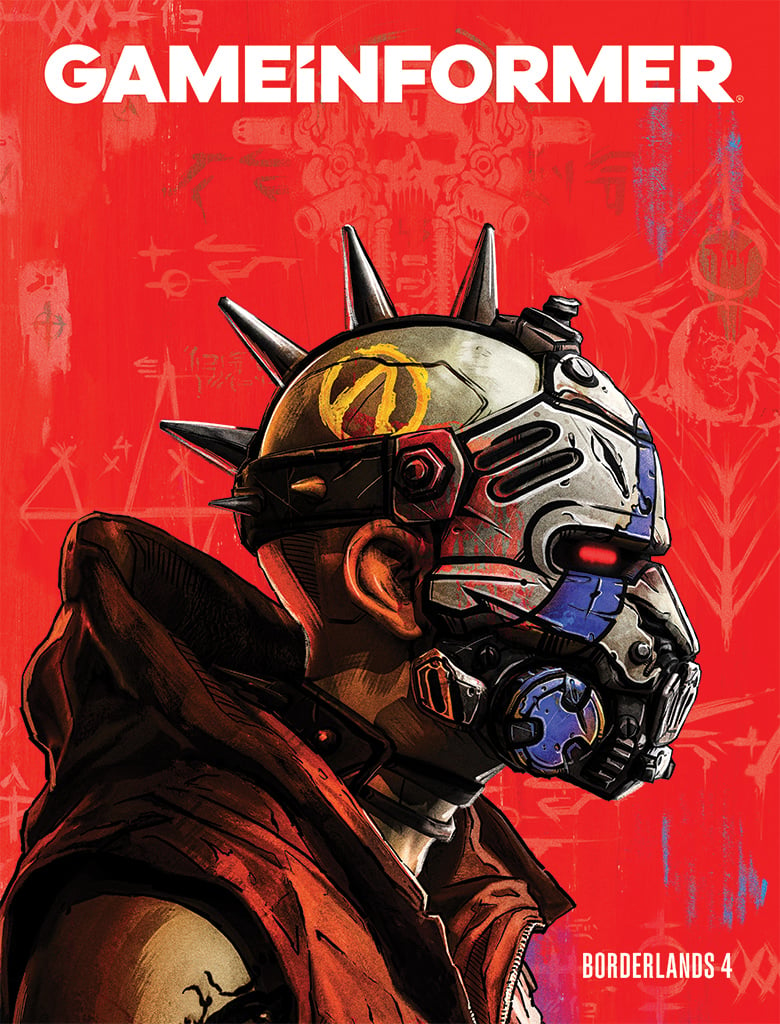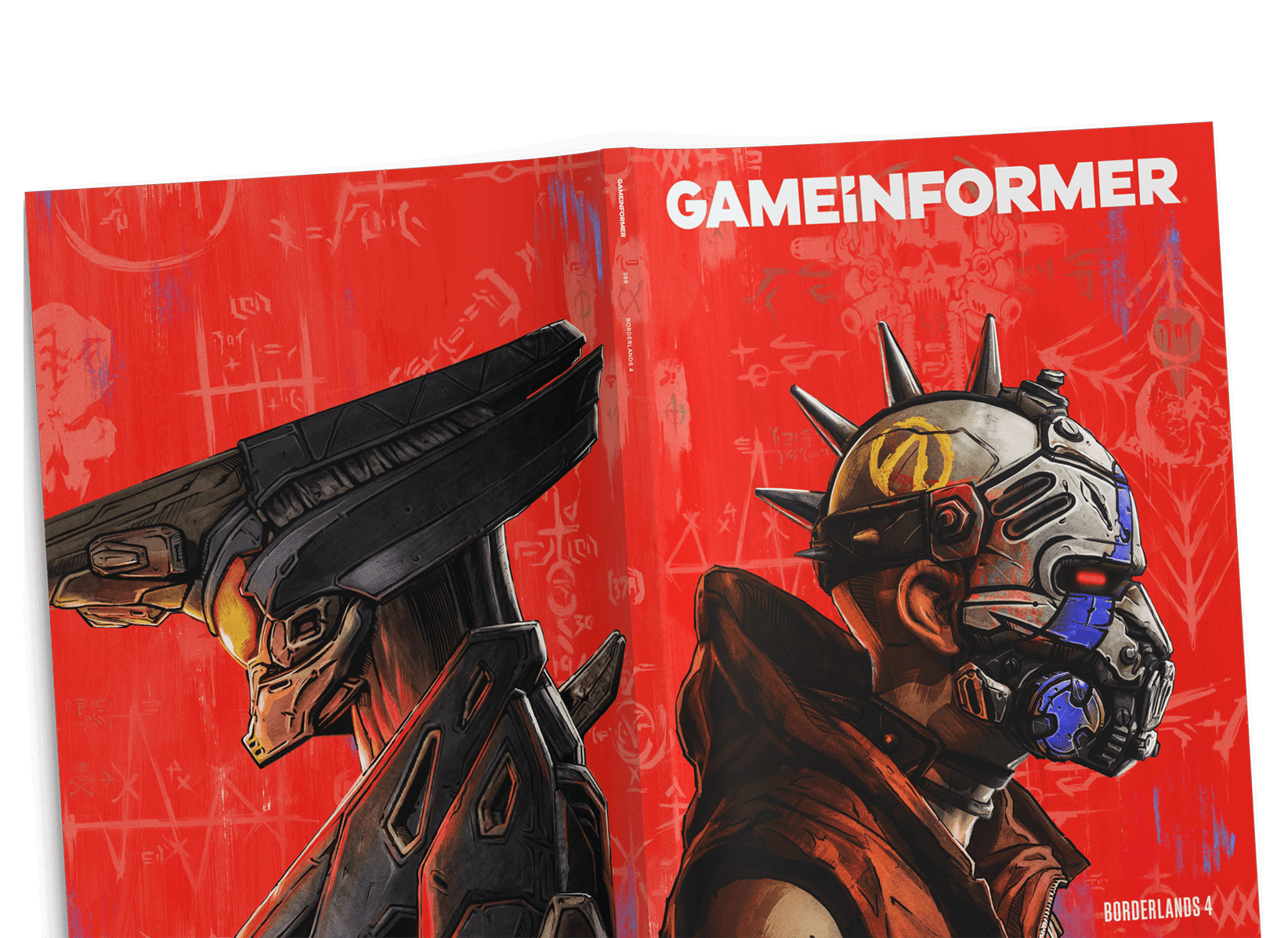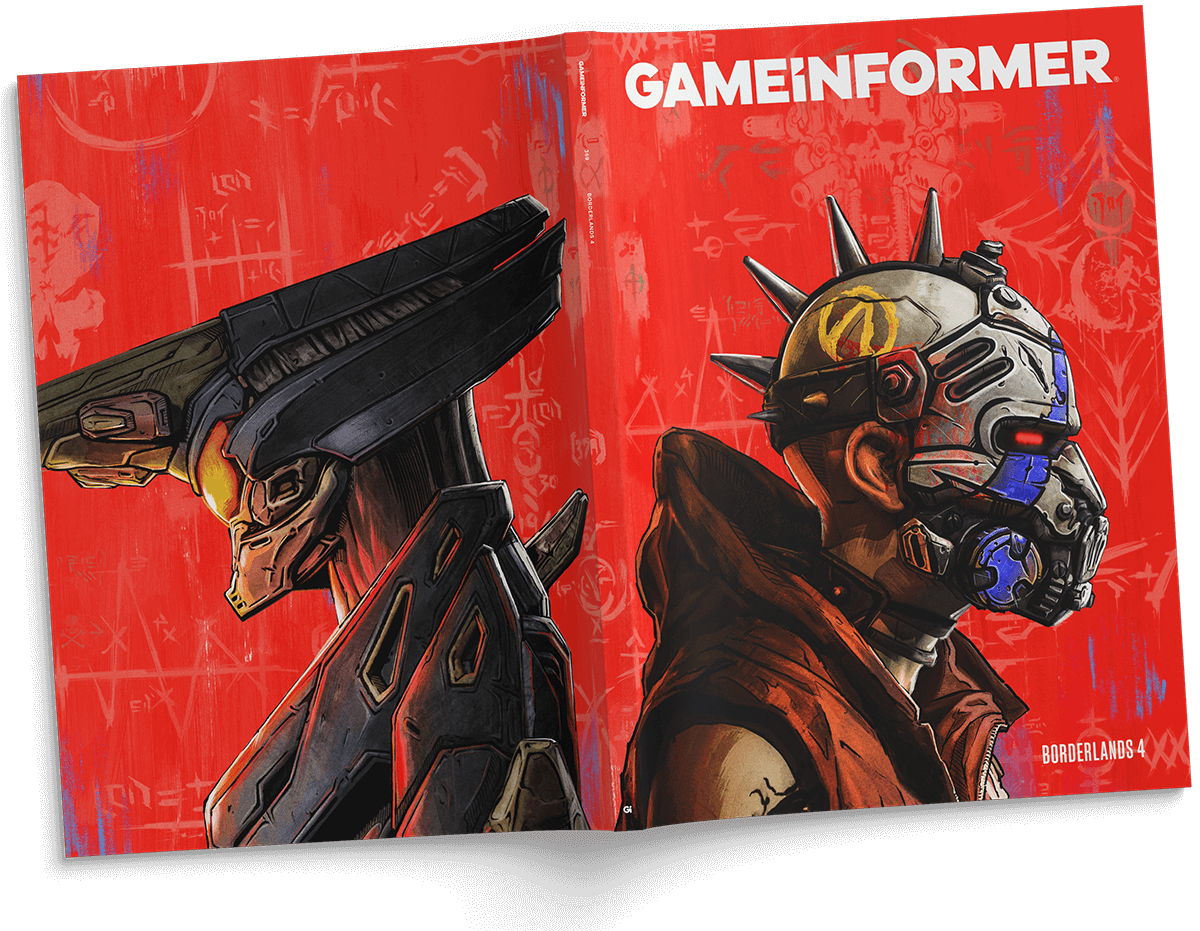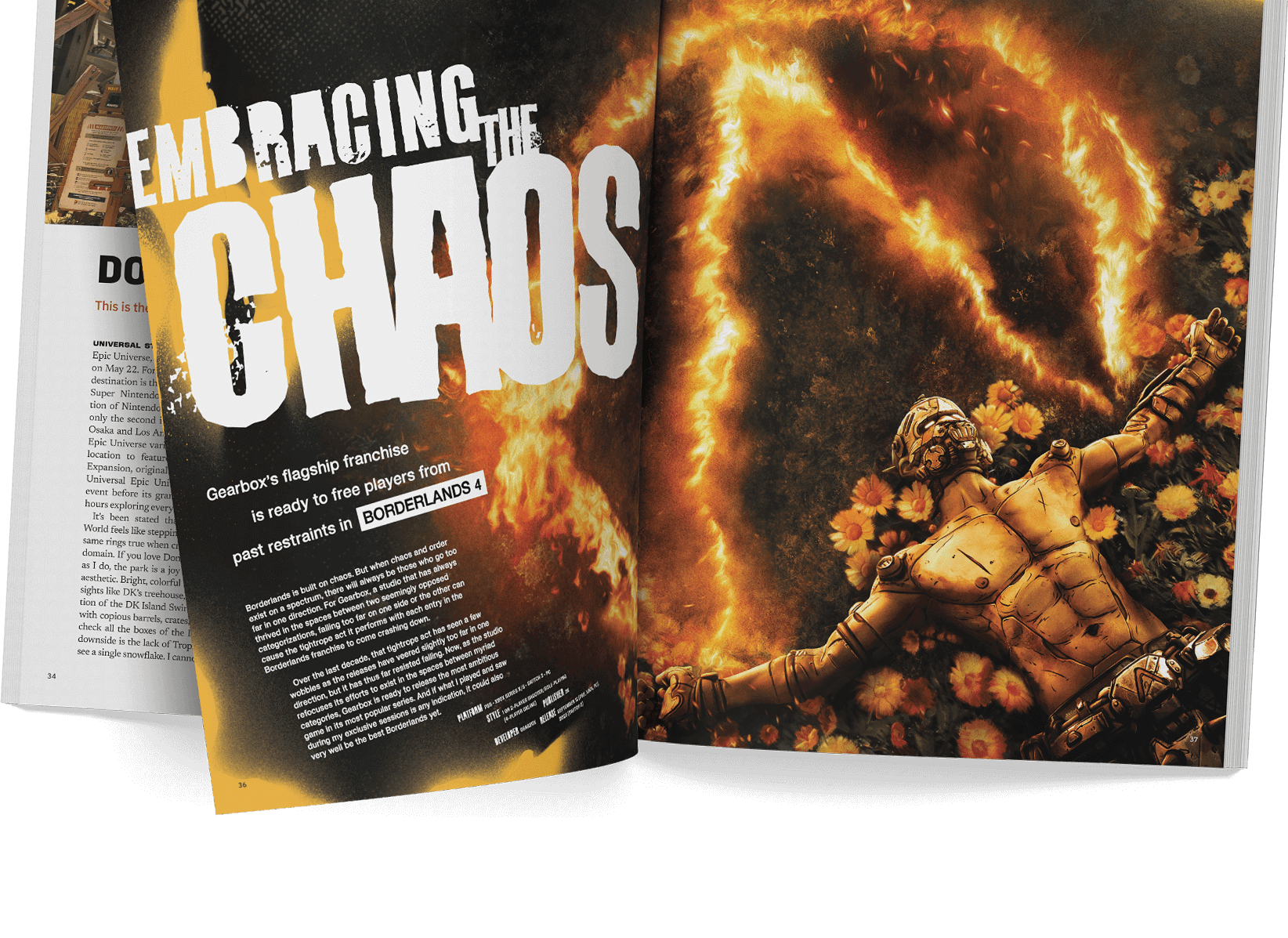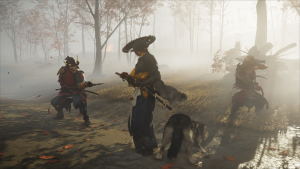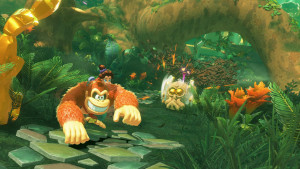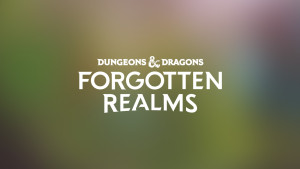Subscribe now to get the Vampire: The Masquerade – Bloodlines 2 issue and a D&D poster pack-in!
The Wolf Among Us: Telltale Is Back Again To Torment With Tough Choices
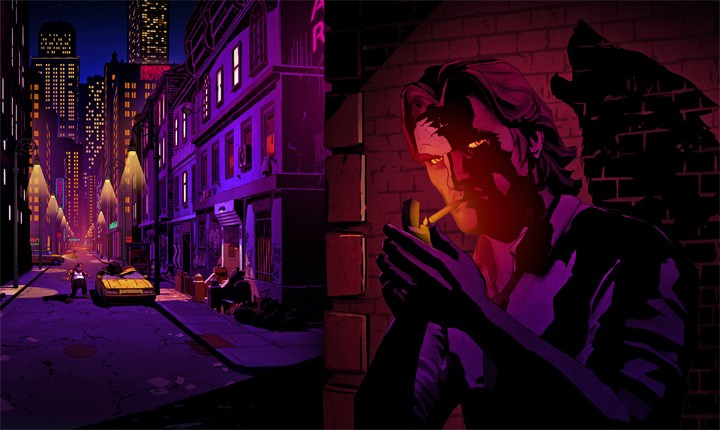
Coming off The Walking Dead, its most successful and widely acclaimed graphic adventure to date, Telltale Games has finally found its stride. While previous titles like Tales of Monkey Island and Back to the Future only found niche audiences, The Walking Dead brought Telltale’s episodic storytelling into the mainstream. Though it was light on gameplay, it lured in gamers with its interactive narrative, gripping its audience emotionally by giving them power over the story and allowing them to forge bonds with the characters. What do you do for an encore after creating such a captivating formula? You build on it, of course.
[This article originally appeared in Game Informer issue #241]
Telltale is ready for this challenge with a new project: The Wolf Among Us, based on Bill Willingham's Fables comic book series from Vertigo. In Willingham’s world, classic fairytales collide with reality. Every character is real, but lives in a separate world. Once an evil entity named the Adversary threatens their homelands, they flee to a place he would never look: our world. They hide among us with their powers intact, living an everyday existence, hoping to keep their secret under wraps. These famed characters also have a darker edge than the stories we’ve heard about them. Happy endings? Forget it. Prince Charming is a womanizing cheater, and Cinderella uses her good looks to exploit information as a spy.
Willingham’s dark interpretations have won him much fanfare, as the Fables series has topped the comic charts and won numerous Eisner awards. Imagining our favorite fairytales in a new light is a trend that is dominating popular culture right now. It breathes into our entertainment channels from movies like Snow White and the Huntsman, Jack the Giant Killer, Mirror Mirror, and Hansel & Gretel: Witch Hunters to TV shows like Once Upon A Time and Grimm. Much like picking up The Walking Dead license right before the TV show started getting popular, Telltale is striking while the iron is just as hot with Fables. The company acquired the license at the same time as The Walking Dead, mainly because both series were dominating the bestseller lists for comics. Telltale focused on The Walking Dead first, but now it’s finally showing us the seedy side to the fables we’ve all grown up with. When we discuss The Wolf Among Us with Telltale, the excitement and confidence about the new project is palpable. “The Walking Dead has been getting a lot of attention; now it’s Fables’ turn to shine,” says CTO and president Kevin Bruner. “Everything just feels right about it for our next game.”
Making Fables Spring to Life
As Telltale has learned firsthand, there’s more to success than just acquiring licenses. The pressure is always on to do justice to longtime fans’ favorite franchises, and Telltale has always taken that very seriously. To start the project on the right foot, Telltale asked for input from not only Willingham, but also DC Comics.
“From day one, we shared the story seeds, the look, and the character design with the folks at DC and with [Willingham],” Bruner says. “Everybody’s contributing to the process, so it’s a really healthy, good relationship.”
Telltale’s love of the comics drew them to Fables, so a lot of care is going into the project. “We have the luxury at Telltale [to] pick and choose our projects based on things we really love and that we’re fans of, and that we really think we can make an enormously kick-ass game out of it,” Bruner says.
Telltale prepped for The Wolf Among Us with as much precision as possible. Lead writer Pierre Shorette absorbed himself with the comics and lore as soon as he was on the project, going as far as making James Jean’s illustrated covers for Fables the wallpaper for every device he had. Shorette wanted to make sure he knew the personalities of the characters to a tee, which meant going back to the original source material: the fables themselves. Shorette’s goal was to create a story that felt like it was written by one of the comic’s writers. “I think that Fables fans will be happy and think that we are filling in some of the gaps and opportunities opened up by the comic,” Shorette says.

|
Colin the Pig Tests Your Conscience During his journey, Bigby bumps into various side characters. Telltale is creating new characters for the prequel while also expanding on ones who didn’t get much limelight in the comics, like Mr. Toad and Colin (one of the three little pigs). Colin has an especially expanded role since he constantly challenges Bigby with his decisions and questions his morality. “Colin’s the only character who can tell Bigby to his face that he’s being a monster,” says lead designer Ryan Kaufman. "A lot of times in the game, Colin calls out what you the player do,” adds CTO and president Kevin Bruner. "If you choose to make a choice one way, Colin is a character who can tell you that you should have done it the other way or what it would have meant to do it the other way." |
The Wolf Earns His Spot
As in the comics, Fabletown is a community in New York where the characters, who call themselves “Fables,” keep their true identities hidden after being cast from their original homes by the Adversary. Those who can’t hide in plain sight are found on the Farm, a location in upstate New York that repels any non-Fables. In the Fables universe, things happen without rhyme or reason – prepare to suspend your disbelief. Don’t be surprised if a pig tries to bum a cigarette off you or if a normal-looking sheriff transforms into a vicious wolf before your eyes.
The Wolf Among Us is a prequel to the comic books focused on a time when Ichabod Crane ruled as deputy mayor. It follows the headstrong sheriff of Fabletown, Bigby Wolf, formerly known as the Big Bad Wolf, as he embarks on a murder investigation.
Telltale chose to create a prequel to benefit both newcomers and longtime fans. Everything should line up to the first page of volume one of the comics, answering questions about how characters got to their respective positions and giving deeper insight into their motivations. “It’s a way for new fans to get into the story, but it’s also a way for longtime Fables fans to be able to look at that first issue in a slightly different way,” says lead designer Ryan Kaufman.
Telltale gravitated toward Bigby as the main character because of how he commands situations, his cool demeanor, and the fact that he has a checkered past. After all, in the Homelands, he was the Big Bad Wolf who hunted many of the Fables. Having those lingering doubts from other characters and having Bigby working through that seemed like an intriguing plot device.
But don’t just think it’s all about a murder. Since the Fables live in secrecy, the other conflict is the looming danger of any of the Fables losing their cover. “As sort of a background threat, we felt like that was a really interesting place to be,” Kaufman says. “You can move through your world and have your adventure solving these murders and stuff, but there’s always this threat that someone’s going to notice you, see something they shouldn’t see. From a story and gameplay perspective, that’s a great thing to be engaged in and people are going to find an interesting and dangerous world to work in.”
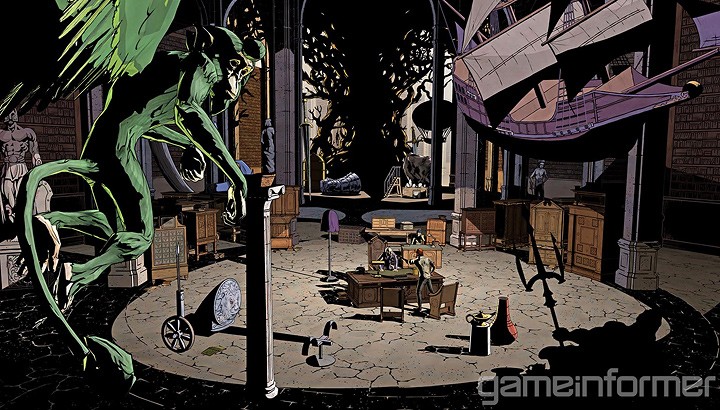
The Bigby/Snow White Dynamic
Telltale is pushing one big relationship that constantly tests the player’s allegiances: Snow White and Bigby. Fables fans know these two have always had an interesting dynamic and plenty of sexual tension. For this prequel, you finally get to see how Bigby develops his feelings for Snow and why he can’t tell her how he feels. “[Bigby’s] relationship with her and how they build that relationship is a key part of the first episode and throughout the season,” Kaufman says. “A lot of the things that Bigby is confronted with during the game is challenging to his relationship with Snow,” Bruner adds.
During the adventure, players are put in situations where they have to decide whether or not to betray Snow’s trust. Sometimes the decisions are as bold as not gathering a compelling piece information because it could damage your relationship with Snow. “One of the themes is the idea that if the damsel in distress saw what the white knight had to do to get her out of distress, she might not think of him in the same way,” Shorette says. “The mere attempts at helping her sometimes, and how far you take it, will dictate how she looks at you, and that puts you in conflict with keeping her safe.”
Snow also shows a different, more sheltered side in The Wolf Among Us. In episode one, she makes the rounds with Bigby during the investigation and learns more about the community, and it’s an eye-opening experience for her. “She kind of sees things she didn’t realize was going on, and you see her perspective change,” Kaufman says. As the first arc progresses, this realization leads to conflict with deputy mayor Ichabod Crane. It even extends to you as Bigby, as you must decide whether or not to interject when Crane mistreats Snow.
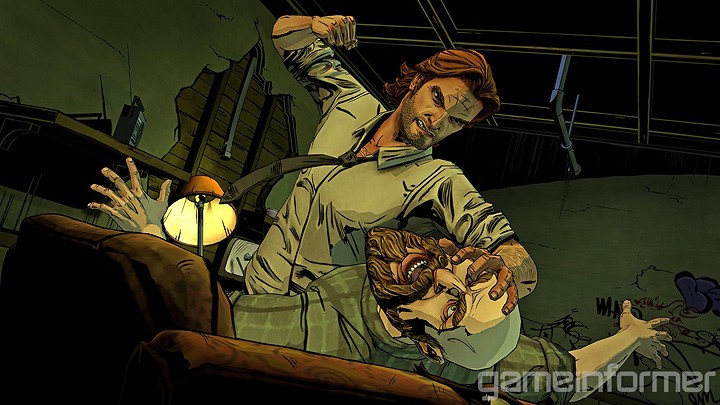
|
If You Liked The Walking Dead... The Walking Dead brought Telltale plenty of new fans, so if you loved fighting walkers, what does The Wolf Among Us offer? Not only does Fables provide a big, epic world to explore like Robert Kirkman’s zombie tale, but the characters are just as fascinating. “There aren’t NPCs, so to speak; I think if you devolve something in your game to the generic label of the NPC then they’re not interesting enough for Telltale,” says CTO and president Kevin Bruner. Those who want to feel an emotional bond with characters like they did for The Walking Dead’s Clementine and Kenny will have plenty of opportunities for forging new friendships. “If you really enjoyed the connection that you felt with The Walking Dead and the relationships...you’re going to get a lot more of that in The Wolf Among Us,” Bruner says. “You’re going to feel building those relationships and that really powerful emotional connection.” |
The Evolution of Choice
Choice and consequence is at the center of The Wolf Among Us. Telltale monitored data from The Walking Dead to discover what choices ended up being most meaningful. “We like that 50/50 divide when we look at stats,” Bruner says. “If everyone goes down one direction, then it really wasn’t that interesting of a choice.”
Making choice matter in so many different ways has been one of the biggest challenges during development. “Sometimes it’s a lot of work to make all the possibilities interesting...you get to a point where one really interesting thing could happen and one really lame thing could happen and you just have to cut that,” Bruner says. “If we were making a movie, that one interesting line would just rock, but we’re not making a movie. We’re making an interactive experience, and if we can’t make all paths lead to an interesting place then it’s not a good interactive story.”
This philosophy is helping Telltale craft interesting decisions into the game. A huge obstacle that they want to give players is balancing Bigby’s role as sheriff against his personal relationships with other Fables. “[You’re] bending the rules and interpreting the rules as the sheriff,” Bruner says. “[It’s] a really interesting thing to do because everyone in Fabletown has an agenda…you get to interpret other Fables’ motivations and how far you let them push the rules.”
He also warns that bending the rules for one character may damage your relationship with another. Your interactions also may vary greatly depending on your choices, which gives the player an added incentive to play through the story multiple times to see the different outcomes. Shorette gives an example of not realizing a character was lying to you in one playthrough, only to discover in another playthrough that they were deceitful. “As a writer, I know we’ve done a good job when I don’t know which playthrough I’d prefer,” Shorette says. “I think the replayability and seeing the different manifestations of these scenes as you play through multiple times is going to be really rewarding for players.”
To further drive replayability, The Wolf Among Us gives you the choice of when you go to certain locations in the story, which allows players the chance to see the story unfold in completely different ways. Two events will happen at the same time, and the timeline of the other event continues no matter what you choose to experience. Once you show up to the event you put off, it’s happening under a different set of circumstances. “To experience [the story] from a lot of different perspectives [and] to see what’s happening everywhere, all the time, you’re going to have to play the game multiple times, which is something we didn’t do in The Walking Dead,” Bruner says.
Telltale also learned from The Walking Dead that time pressure is an asset for choice. Not only will time play a factor in location choice, expect to choose between helping a character in peril in one location versus gathering fleeting evidence in another. It also factors into gameplay. Telltale gave the example of a chase sequence from the game and having different, timed options pop up.
| Getting Action Right: Fight Like a Wolf |
|
The Walking Dead received its share of criticism for not having the best action sequences. The Wolf Among Us hopes to change that with high-action, cinematic fight sequences. You’re Bigby! Did you really expect to never put up your dukes? “Having a character with powers like Bigby’s is like having something on a silver platter. It’s amazing for gameplay,” says lead designer Ryan Kaufman. “He’s really strong, he has this wolf sense going on, he’s very fast, and he’s tough.” But don’t expect to walk around throwing punches at anyone you please. The fights are narratively motivated, similar to those in The Walking Dead, but give players more control. “Bigby is a fighter and he’s a badass, and so the fight sequences will be much more player-driven...and way more over the top,” Kaufman says. Players are tasked with decisions in the middle of the action that provide more control over the fight’s outcome. Because Bigby’s a Fable, he can take more punches in quick-time fight sequences than Lee Everett ever could in The Walking Dead. “One of the awesome things about Fables is that [they’re] hard to kill, so that means we can have really slam-bang cool fights that are fun, visceral, get adrenaline flowing...and then we get that coupled with the consequences,” Kaufman adds. If you take a lot of punches, it affects in Bigby’s appearance, and characters in the world could point out that you got roughed up. Kaufman also gives the example of getting ultra-violent in the street and having someone notice. “We give the player a lot of opportunities to...have fights and to intimidate people, but that comes at a cost,” he says. “The cost is those personal relationships with Snow and other people. We feel like that’s an interesting dilemma to give the player: How far will you go to solve the problems of the people that you love, and will they still love you if you do that?” |

Your Very Own Fables Story
Even if you’re a hardcore Fables fan who thinks you know what’s coming, prepare for Telltale to surprise you. “We do a lot of clever storytelling moves that will leave Fables fans wondering what the hell is going on,” Kaufman says. “Knowing how it all turns out [is] a weird advantage sometimes, [but it will leave you thinking], ‘how do we get there?’”
Whether you are a fan or newcomer, there’s something alluring about creating your own story in the Fables universe. Telltale is striving to once again emotionally hook you by sweeping you up in a deep story, letting you build relationships and get attached to characters. Bruner finds it most rewarding when players look at the story and say, “Wow, this is really my story, I was challenged by it, and really feel like I own it.” How will you play your wolf?
